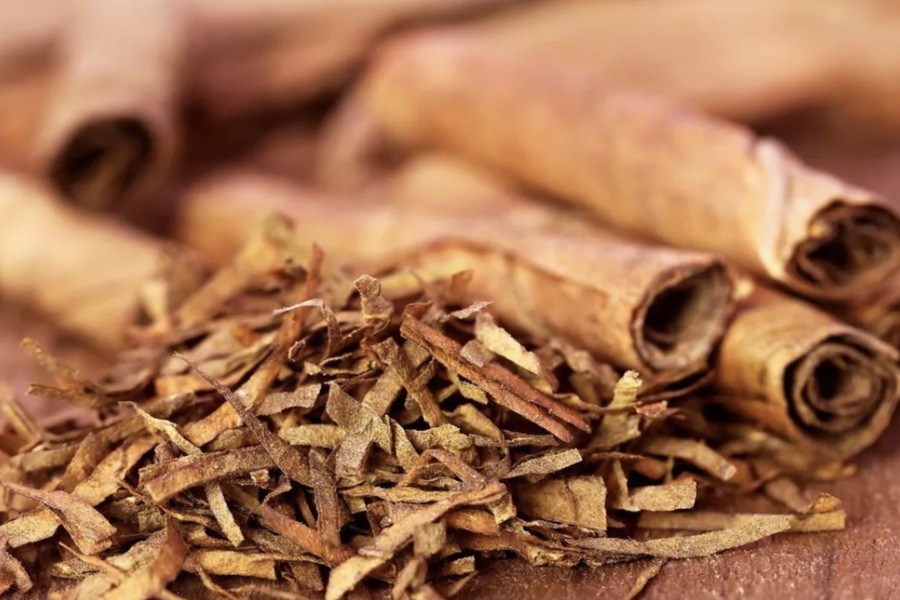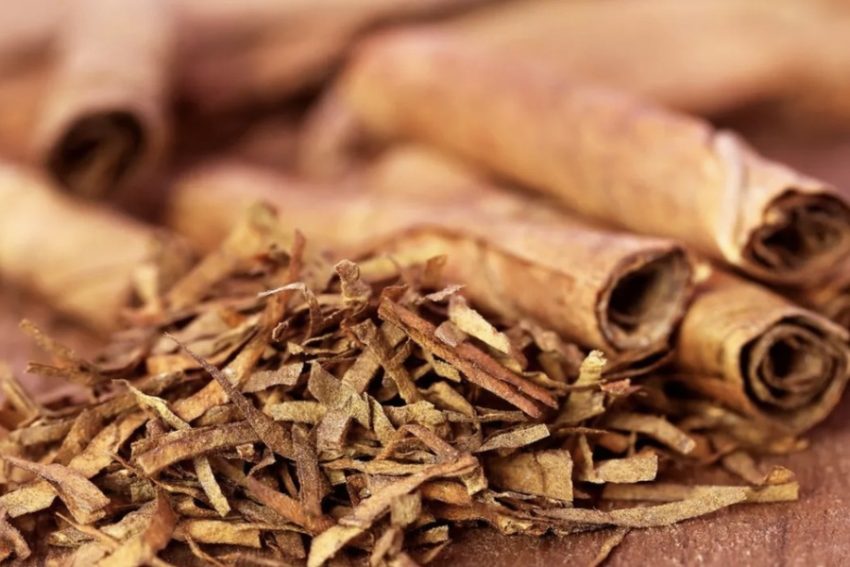The production of tobacco sticks, an integral component of modern tobacco heating systems, involves a highly sophisticated process that blends traditional tobacco craftsmanship with cutting-edge technology. Tobacco sticks, such as those available through iTerea, are engineered to deliver a consistent and enjoyable user experience by providing a precise balance of flavor, nicotine content, and vapor production. Below is a detailed examination of the entire process, from cultivating raw materials to the final stages of assembly, along with insights into the factors that ensure product quality and consistency.
Page Content
Popular Tobacco Varieties Used
The choice of tobacco plays a crucial role in determining the quality and flavor profile of the final product. Among the many varieties of tobacco available, the following are most commonly used:
1. Burley Tobacco
Known for its robust, earthy flavor, Burley is widely used to add strength and depth to tobacco blends. It is often air-dried, which enhances its bold characteristics.
2. Virginia Tobacco
With a natural sweetness and a milder profile, Virginia tobacco acts as the backbone of many blends. Its bright, golden leaves are often flue-cured to retain their sugars.
3. Oriental Tobacco
This variety is valued for its aromatic and spicy qualities, which add complexity and nuance to the blend. Oriental tobacco is often sun-cured, giving it a unique character.
These varieties are chosen not only for their individual qualities but also for how they complement each other in a blend, creating a balanced and enjoyable smoking experience.

Stages of Tobacco Stick Production
1. Cultivation and Preparation of Raw Materials
The journey begins on tobacco plantations, where the plants are grown under carefully controlled conditions. Every stage of cultivation—planting, watering, fertilization, and pest control—is optimized to produce high-quality leaves.
Harvesting: The upper leaves of the tobacco plant, which contain the highest concentration of nicotine, are selectively picked.
Drying: The leaves are dried using techniques such as air-curing, flue-curing, or sun-curing. This step removes excess moisture and chlorophyll, which helps refine the flavor and aroma.
Vein Removal: Once dried, the thick central veins of the leaves are removed to enhance processing efficiency and maintain uniformity in the blend.
Storage: The prepared leaves are stored in temperature- and humidity-controlled environments to preserve their integrity until they are ready for further processing.
2. Delivery and Blending
The processed leaves are transported to manufacturing facilities, where they are blended to create a uniform mixture. This blending process ensures that the final product has consistent flavor, strength, and vapor production.
Homogenization: The leaves are mixed in specific proportions to achieve the desired flavor profile and nicotine content.
3. Grinding and Mixing
Once blended, the tobacco mixture is ground into a fine powder. Additional ingredients are incorporated to improve the physical properties of the mixture and enhance the user experience:
Guar Gum: Provides a binding effect, ensuring the mixture holds together.
Glycerin and Propylene Glycol: These components are critical for moisture retention and vapor production. Glycerin forms an aerosol when heated, delivering the desired vapor consistency.
Water: Maintains the correct moisture balance for processing.
This mixture is then processed into a thin, flexible sheet known as “tobacco cloth” or “castleaf,” which is wound onto bobbins for the next stage.
4. Formation of the Tobacco Section
The tobacco cloth is rolled into a tight cylinder, forming the core of the tobacco stick. This step requires precision machinery to ensure the proper density and uniformity of the roll.
5. Assembly of the Stick
The assembled tobacco core is wrapped in specialized tobacco paper. This double-layered wrapping serves multiple purposes:
Even heat distribution during use.
Moisture management to prevent the stick from becoming soggy or brittle.
The wrapped core is then attached to a filter system, completing the tobacco stick.
Filter System: Design and Functionality
The filter system in tobacco sticks is engineered to enhance user experience by controlling vapor temperature, particle size, and flavor delivery. The filter typically comprises three parts:
1. Cooling Aerosol Tube:
A 2.5 cm tube divided into sections with strategically placed ventilation holes. These holes cool the vapor by up to 75%, ensuring a comfortable inhalation experience.
2. Primary Filter:
This 0.8 cm filter segment captures large aerosol particles, refining the vapor that reaches the user’s mouth. It also softens the taste, delivering a smoother experience.
3. Flavored Capsules (Optional):
Some tobacco sticks include gelatin-based capsules within the filter. These capsules can be manually activated to release additional flavors such as menthol, berry, citrus, or exotic blends. The capsules are designed to withstand high temperatures, ensuring they release their contents only when pressed.

Specialized Processes in Tobacco Stick Manufacturing
Impregnation with Glycerin
Before being formed into tobacco sticks, the mixture is impregnated with glycerin. This step ensures that the mixture retains sufficient moisture to produce a fine aerosol when heated.
Steam Treatment
The mixture undergoes steam treatment to make it more pliable. This step is critical for achieving the correct texture, which is essential for the cutting and rolling stages.
Nicotine Content Adjustment
To ensure consistency across batches, nicotine may be artificially added during the production of reconstituted tobacco pulp. This allows manufacturers to precisely control the nicotine level in the final product.
Drying and Humidity Control
After impregnation, the mixture is dried to remove excess moisture. Maintaining optimal humidity throughout production is essential:
Over-dried tobacco can crumble during processing.
Overly moist tobacco can develop mold or spoil during storage.
Quality Assurance and Standardization
Strict quality control measures are implemented at every stage of production. These include:
Monitoring soil and environmental conditions at the plantation level.
Inspecting leaves for quality and consistency during harvesting and processing.
Ensuring precise proportions of ingredients during blending and manufacturing.
Adherence to strict standards ensures that products remain consistent in taste, aroma, and quality, regardless of where they are manufactured.
HEETS: Industry Leader in Tobacco Sticks
HEETS, a leading brand in the tobacco stick market, is renowned for its superior quality and flavor variety. The brand employs master blenders to select premium tobacco leaves, creating blends that cater to a wide range of preferences. Popular flavors include:
Purple Wave: A blend with berry and menthol notes.
Amber: A classic, robust flavor profile.
Turquoise: A refreshing mint option.
Availability in Dubai
Consumers in Dubai can purchase HEETS sticks through trusted dealers like iTerea. This online platform offers a wide range of IQOS devices and HEETS tobacco sticks at competitive prices. For instance, IQOS Heets Purple Wave sticks made in Kazakhstan are available for only 89 UAE dirhams. The platform also provides convenient delivery options and a variety of flavors to suit individual preferences.
Conclusion
The technology of making tobacco sticks represents a fascinating blend of traditional tobacco processing and modern engineering. From the careful selection of raw materials to the precise assembly of each stick, the process is designed to deliver a consistent and enjoyable experience. By adhering to rigorous quality standards, manufacturers like HEETS ensure that their products meet the expectations of users worldwide, making tobacco sticks a cornerstone of contemporary tobacco consumption.
Baseball fan, coffee addict, audiophile, hand letterer and front-end designer. Performing at the crossroads of design and sustainability to develop visual solutions that inform and persuade. My opinions belong to nobody but myself.


